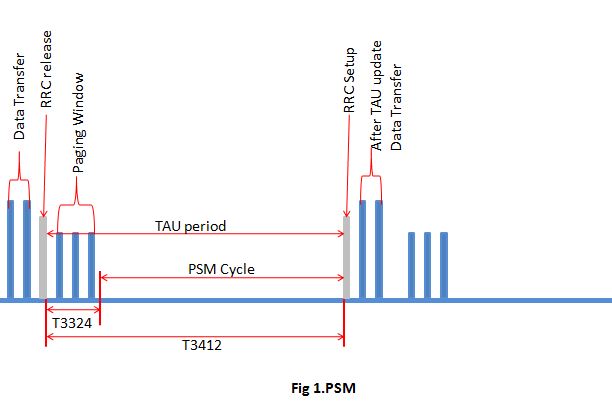Power Saving Mode (PSM) Part II

Home LTE NB-IoT 5G(NR-NSA) Hi Guys, today we learn more about PSM in Nb-IoT. if you are new at my blog please go through my Power Saving Mode (PSM) Part I for more details. How does PSM actually work? · A UE is PSM enabled only when it sends T3324 timer in Attach/TAU request. · Power Saving Mode configured by providing T3324 active and T3412 extended timers or by configuring "UE requested" timer values. · Network provides two options: accept UE requested values or MME configured values for these timers. · When PSM configuration is enabled in the Network, the MME accepts the use of PSM and a UE req...